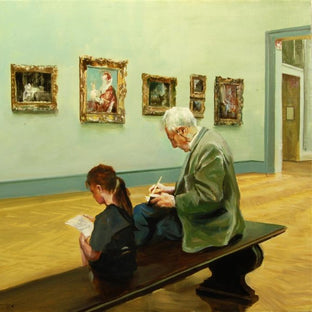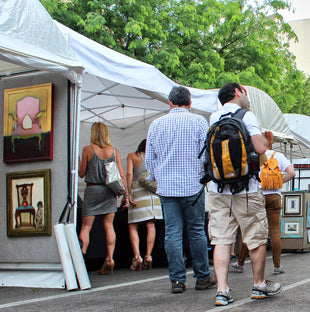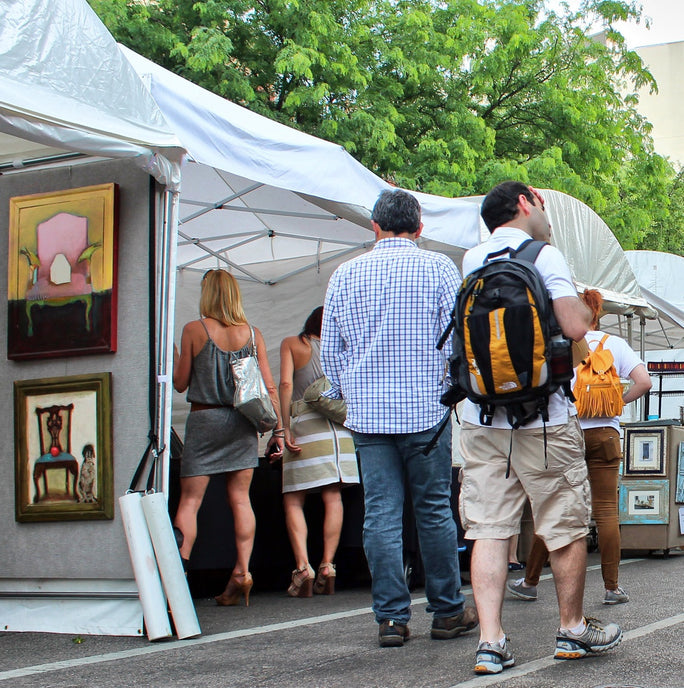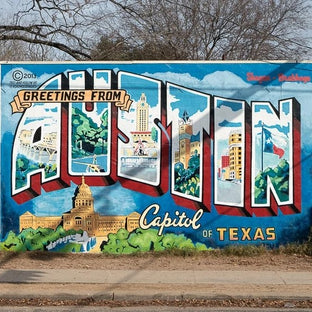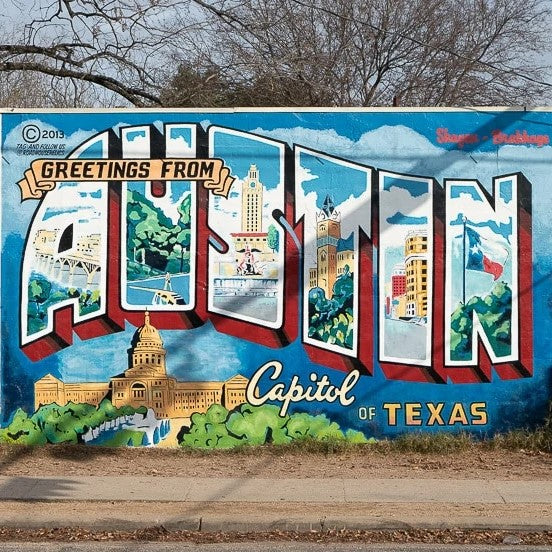15 Minutes with Santa Fe Art Appraiser Jennifer Lynch
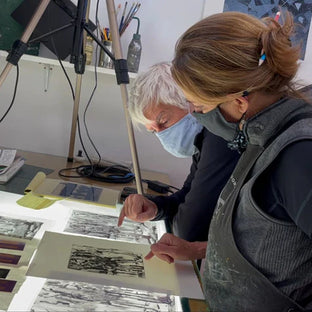
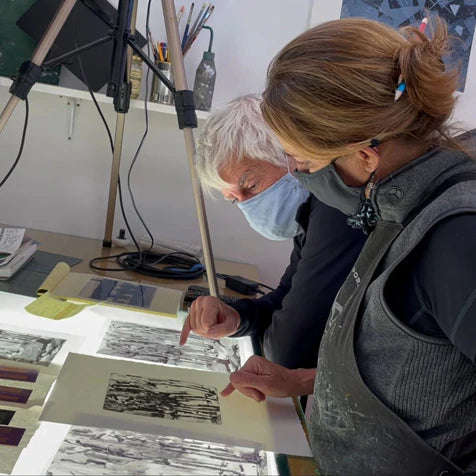

As part of our series on the fundamentals of appraising art, we had the pleasure of talking with Santa Fe, New Mexico artist and art appraiser Jennifer Lynch, owner of Pinpoint Fine Art Appraisal. Jennifer has a unique perspective as an experienced artist specializing in fine art printmaking with an impressive existing body of work. These are qualifications which only add to her credibility as a respected and skilled art appraiser.
Jennifer’s curriculum vitae reflects a range of expert credentials as a master printer who has collaborated with regional and nationally renowned artists. For well over two decades Jennifer has shared her craft and imparted her wisdom with generations of budding art students at the University of New Mexico, American Institute of Indian Arts, and in her current capacity as an adjunct professor in the Printmaking Department at Santa Fe Community College. She received her MFA in printmaking from Hunter College in New York City and her BFA from the Kansas City Art Institute.
Jennifer Lynch, in Her Own Words….
On How It Started
We kicked off our conversation with Jennifer by discussing how she got her start in the art appraisal business, and the education and credentials she acquired to work as an appraiser.
I had been working for a photographer that was closing his studio due to health reasons. We had worked together 20 years hence and he asked me to help him downsize his collection. This included updating his archives, making charitable donations, and selling his equipment. I arranged for charitable donations to museums which required appraisals. In the process of hiring an appraiser I realized that I knew more about the work than they did. It just rang a bell for me.
I looked into what was required and I decided to pursue the education to become certified as an appraiser. I went to Toronto for the first course in June of 2014 and did my second course online followed by my third course in Chicago which I completed by the end of the year. I was done in six months. I just really pushed through.
On How She (Unofficially) Helped Teach the Course
I have my masters in Fine Arts and I am a master printmaker. Print is a big focus in appraisal education because a lot of people don't really know about the process. I became a valuable member of the course in that sense because that's my strength, being able to discern whether it's a drypoint or an etching because there are so many variables. There are so many different kinds of printmaking and combinations of printmaking.
About Her Specialty
I have worked with many of the Los Angeles group of artists. I know a lot of them and have worked with them in their studio so I am very familiar with that movement. I know their work very well so that would be one specialty.
I have also worked in photography a great deal. When I lived in New York I printed black and white photographs so I am very familiar with the medium. Printmaking is my specialty and my major focus.
On Why Her Art Appraisal Services Are in Demand
Charitable donation is a big one. You need to have an IRS-approved appraisal for anything over $5,000 that you are donating to a museum. Appraisers must be certified with the universal standards and practices of appraisal (USPAP (Uniform Standards of Professional Appraisal Practice) in order to do a charitable tax appraisal that is filed with the IRS.
Another purpose for an appraisal is for insurance purposes for replacement value. Many people don't insure their collections because it can be pricey to obtain insurance for valuable pieces of art but it's highly recommended. Also keep in mind that the insurance appraisal has to be updated every two years.
On How the Process Works
The client reaches out to me and then I refer them to my website which explains the different reasons that you get an appraisal. There are different purposes for appraisals including insurance coverage, replacement value, charitable donation, estate planning, and resale value. There are different reasons and they actually give you different values – fair market value, market value, and replacement value often are different values.
Jennifer went on to explain that there are various factors she must consider as part of her appraisal research, including:
- auction values
- the retail market
discounts and blockage value, relating to the number of pieces already accessible in the market
Given the complexity of the work, Jennifer goes to painstaking effort to ensure her clients understand the different values.
There's a difference between replacement market and comparable and fair market value, which is comparable based on real sales.
Throughout our conversation with Jennifer, she also emphasized the importance of thorough documentation each step along the way, and the challenges an appraiser faces when there aren’t perfect comparables.
If you don't have examples of sold works by a particular artist, then you have to find another artist of a similar ilk that has been selling in the market, doing similar work with similar materials so that you can compare apples to oranges. Apples to apples is always better but you can't always find the information.
On What People Should Expect When Hiring an Art Appraiser
Quality. You should expect that the appraiser does their due diligence and that they personally inspect the artwork.
Whenever possible I like to inspect the work myself and I photograph the art. I take very good photographs and I give those files to the client. Rather than using my iPhone, I use a really good camera and lighting. I take good pictures and then those pictures are used in the report.
On Her Favorite and Most Challenging Appraisals
I did an Andy Warhol. That was fun and not difficult to research for obvious reasons, including that there's a lot of his existing work from which to make comparisons.
The most challenging appraisal I did was a sculpture by Tony Price called “She's a Small Town Planet Cracker” that I worked on after he had been deceased for many years. He had been an atomic artist that used pieces from salvage at Los Alamos National Labs as part of an anti-atomic statement. He made this sculpture of a somewhat feminine figure out of these lab parts – big pieces of metal and a bombshell and gears. It had been part of a show in Battery Park downtown in Manhattan and was very well known. I had to find other artists that worked with similar kinds of found object materials that also carried a political message and had a market in order to appraise the Price piece.
I really liked the piece a lot and it ended up being worth approximately $50,000. When you're making a donation to a museum, that’s a substantial contribution.That's a nice write-off
On How to Know Whether or Not You Should Have Your Art Appraised
Not everyone who owns art needs to have it appraised. Jennifer shed some light on when you might want to consider seeking out the services of a certified appraiser.
It really depends on what the owner paid for it. If you've got a number of pieces that you've paid $50,000 for, you should have your art appraised and insured. If you've got a few $500 pieces, that's an investment that you probably don't need to make.
On Why Working With a Credentialed Appraiser is Important
Once you’ve decided to have an artwork appraised, hiring a professional art appraiser, while a bit pricey, is a worthwhile investment. Jennifer explained why:
It is complicated work. While it's not an inexpensive process, as an appraiser you have to do an enormous amount of research. For example, I have to pay annual dues to maintain my status with the International Society of Appraisers. I have to do biannual coursework and then every five years I have to get re-certified which includes a whole week of education so it's quite extensive.
Laws change and calculations change and in order to ensure that we're accounting correctly, we have to continue our education. It's a huge investment on the part of the appraiser but adds tremendous value.
On What Credentials You Should Look for When Hiring an Expert to Appraise Your Art
They should be associated with one of the appraisal organizations. The organization that I'm associated with is the International Society of Appraisers, for which there's a member status, accredited member, and a CAPP member which is when you've conducted 500 appraisals. I am an accredited member which is the middle tier, plus I have my masters in Fine Art, though many appraisers do not. Appraisers should also be USPAP-certified.
On Whether Appraisals Can Be Done Without an in-person Inspection
As previously mentioned, Jennifer shared that appraisals based on images are valid though she prefers to view each piece in person for a close examination and inspection.
That is not always possible and so it has to be noted in the report, that it was based on photographs. These situations are somewhat hypothetical. For example, something is said to be in excellent condition, but the photograph could have been taken ten years ago. You’re basing your assessment on the value of readily apparent condition, not real condition.
On Key Factors That Impact the Value of a Work of Art
According to Jennifer, several factors affect the value, and some are more significant than others.
Condition. Condition is the big one.
Provenance – if it was owned by someone of significance that will add value, or if it had been in a number of noted exhibitions, that would add value.
On What You Should Expect as Documentation From an Appraiser as Evidence of the Estimated Value of Art
I write up the report and if it’s for the IRS I include the following: pictures of the piece, comparables, a description of the art, and cite the relevant ethical codes, cost approach, replacement approach, and comparable approach.
On Why She Loves the Work
We noted that Jennifer’s enthusiasm for art as well as the practice of appraisals was evident throughout our conversation.
It's interesting. I'm an artist and I teach and I do other things and then occasionally I get an appraisal. I find it like sleuthing in that it's investigative and I learn a great deal, so it adds value to my education, just by doing the research. I’ve learned quite a bit.
Jennifer is an active painter and printmaker and exhibits regularly. Most recently she is included in Collaborations, at the Albuquerque Museum, an extensive print show focusing on the collaborative artist/printer relationship. To learn more about Jennifer’s work or to inquire about an art appraisal, you can reach her by her website at https://lynchpinpress.com/
